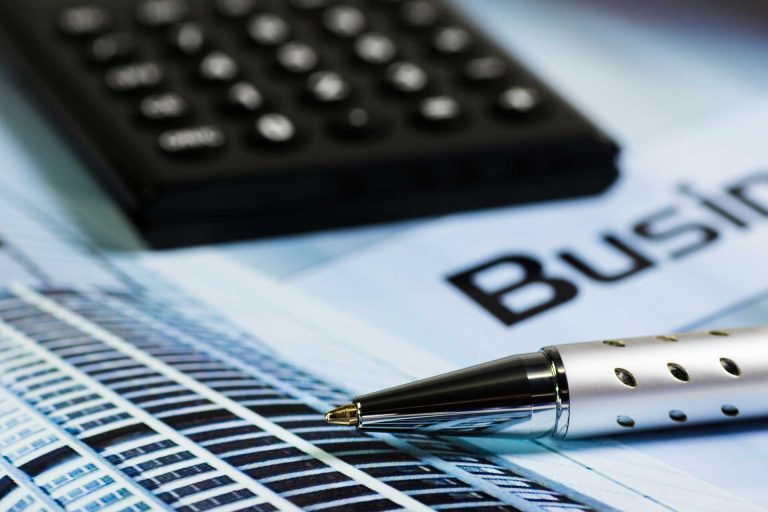The GCC members, including the UAE, are looking to reduce their dependence on revenues from oil that are declining in value with each passing day and generate a higher proportion of revenue internally in order to maintain current levels of economic growth.
Representatives of the six member states of the Gulf Cooperation Council (GCC) signed the VAT Framework Treaty early this year, confirming the introduction of a formal VAT system in all the member states.
The rate is initially set at 5%, and similar to most VAT systems there will be a range of exemptions. Certain foods and services, including education and healthcare, will be exempt. According to IMF estimates, even this modest rate is expected to realise VAT revenues roughly 0.8% and 1.6% of GDP in the GCC countries.
While the implementation date in the UAE is January 1, 2018, there is a long-stop option which requires full implementation by January 1, 2019. Here’s a brief overview of the general VAT compliance requirements:
• Compulsory registration for all businesses exceeding the mandatory VAT registrationthreshold of AED375,000. • Recording, assessing, and reporting VAT obligations and entitlements to the taxauthorities.• Filing of periodic VAT returns with the concerned authorities (on a monthly or quarterlybasis). • Remitting any VAT payable by a specified date. • Maintaining records in respect of all business transactions: – Tax invoices – Debit or credit notes – Import and export records – Records of goods or services provided for free or allocated for private use – Zero rated or VAT exempt supplies and purchases Outside of the general concepts mentioned above there will be a number of requirements with respect to bookkeeping that would bode well for your business if implemented in a timely manner. They are as follows: Outsourcing or insourcing of VAT returns A practical point of consideration for companies will be how best to fulfil the preparation of the VAT filing requirements.
This could include obtaining services of an external advisor for the preparation, review, and even filing of the VAT return and related declarations; undertaking these processes internally; or a combination of the two.
Outside of cost considerations, a key factor to determine the most suitable model for your business will be having convenient access to sufficient VAT expertise and tools. Ongoing compliance and review Establishing the systems and processes required for VAT compliance is merely the first step.
These systems must be tested and reviewed thoroughly prior to implementation, and subsequently reviewed following implementation, to ensure outputs comply with the VAT legislative requirements.
Best practice will be to create or augment an existing tax control structure which among other things establishes the roles and responsibilities for managing VAT, thus ensuring (current and future) compliance requirements are met, VAT cash flow impacts are forecast and that changes are made to systems to reflect operational changes to VAT. VAT and cash flow VAT cash flow can be improved by either postponing the payment of VAT due or improving the timing of VAT recovery on costs, or both.
For example, where your business imports a significant value of goods you may make use of import VAT deferment schemes (if available) to improve the cash flow of your business. Besides, cash flow planning should be considered across business departments.
For example, improved billing and collection systems and processes for collecting from your customers and paying your suppliers can assist in minimising any adverse cash flow impact of VAT. Customs and international trade With cross border trade of goods, businesses need to deal with a wide range of import and export regulations. When goods enter a territory, there are numerous customs related formalities to be complied with. VAT will add an additional layer of protocol to these existing requirements.
If VAT issues, such as who is the importer of record, are not assessed and clarified they can have an adverse impact on your cost structure. Intra-GCC transactions There will be specific rules dealing with the VAT treatment of supplies of goods and services from a supplier operating in one GCC country to a customer residing/operating in another GCC country.
For example, the supply of goods by a VAT registered business to a VAT registered customer in another GCC country would require the customer to self-account for VAT upon procurement of the goods (as opposed to the supplier accounting for VAT upon sale).
Detailed recording and reporting of these intra-GCC supplies will be required and this will likely require more administration and resources on your part to ensure compliance. Government VAT is expected to have an application in situations where supplies are made by statutory or local authorities which are equivalent or similar to those supplied by taxable persons in the course of development of their business.
VAT, however, would not apply to supplies made by those statutory bodies and local authorities in executing their regulatory and enforcement requirements. The government will be treated as an ‘exempt person’, meaning they would be relieved from paying tax and taxable persons making taxable supplies of goods and services to the government would likely not be required to charge VAT.
Brand View allows our business partners to share content with Arabian Business readers.The content is supplied by Arabian Business Brand View Partners.





